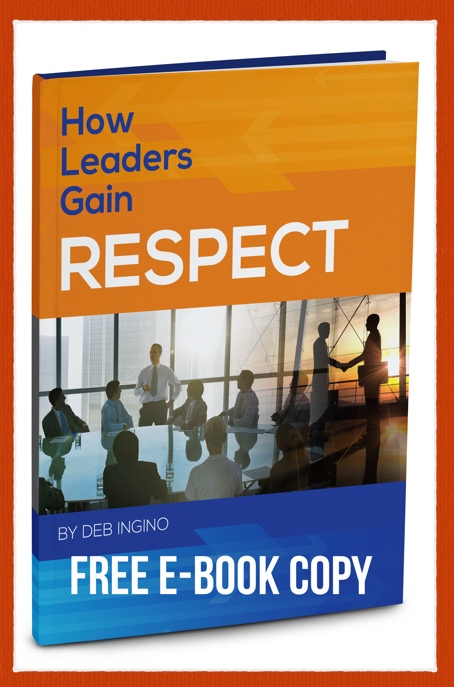
Image Credit: Shutterstock
If you pay even a modicum of attention to current employment trends, you can’t miss the winds of change in today’s workforce. Some are great; and some present new and interesting challenges.
The standardized 9 to 5 model with weekends off is being replaced by modified – and often broader – hours to accommodate a worldwide marketplace and technology. For many, there is no official “time off.”
The idea of starting with one company and working your way up the ladder for 30 or 40 years in order to enjoy a comfortable retirement went by the wayside years ago, as mergers and acquisitions became more commonplace. Even workers who wanted to stay with a company found themselves starting over with new companies and new careers – two, three, four, or more times.
It used to be that workers in their 50’s experienced a desire to retire early so they could travel and enjoy their freedom. Now that desire affects a much younger generation – the millennials – and to a higher and more urgent degree.
Further impacting companies, according to an article in Inc.com, “Once they’ve left the 9-to-5, people don’t want to go back: 97 percent of professionals who are currently self-employed said they have no plans to return to a corporate job.”
At a time when companies are seeking qualified employees, those potential employees may not necessarily be seeking companies.
What’s more, recent studies have found that 74% of millennials who like their jobs are planning to leave within the next three years. Note the key words: “like their jobs.” Those are alarming statistics.
Even those who like their jobs, in large percentages, are planning to leave them.
Companies are faced with a lean workforce now, and a great deal of change ahead.
How can you ensure your company has the resources you will need to navigate this new business world?
1. Customization
To the degree possible, give your people what they want. While it is true that people come to work for a paycheck, it is also true that a paycheck is not enough. Employees want more, and “more” is usually defined as “freedom” and “purpose.”
Companies that are thriving in today’s business world offer these added benefits. They allow for flexibility in schedule and location. And they have a bigger mission, one around which the organization can build a culture.
It is not so much that people do not want to work; it is that they want to do so with some level of freedom and purpose.
If your company is struggling with attrition, consider the possibility that, by giving your people a higher level of freedom and purpose, they may actually stay with your company longer and with a higher degree of dedication.
2. Collaboration
The top down hierarchy that worked for decades is being challenged in today’s workplace, where experience and innovation are on equal footing. Leading from the top down is being replaced by leadership across an organization based on strengths.
Consider your leadership structure. Are you investing in developing leaders at all levels? It could well be that adding leadership responsibilities and empowering your team to make certain decisions and drive initiatives may be the challenge some need to stay in the game.
3. Contractualization
In previous business models, the established work day was essentially 9 a.m. to 5 p.m. Whether it was a worker’s best performing time didn’t matter. Whether it was the best time for the job didn’t matter. It was the established norm.
You may have had employees waiting by the phone to address an IT issue for hours, paying them not only for their active work time, but also for their “standby” time. While there is still a place for this in some instances, there may be a better solution in outsourcing to contractors.
Consider the hourly model and whether it is the best for your business. Does it make more sense to engage workers on a project basis, or to contract with service providers who are paid for the work they do, not just for the hours they are “there?” In today’s lean business models, making every dollar count makes good fiscal sense.
4. Communication
All of these factors make communication key in today’s workplace.
Do you as a leader know what is important to your employees? Do you have a sense of their values and what freedom-based adjustments might make them want to stay on with your company?
Do you collaborate with those at all levels, based on strengths and not just position?
Have you considered that some may prefer to freelance, providing a better work to expense ratio, while giving them the flexibility of time and location they prefer?
Do you have an employee who is thinking of leaving only because they seek to grow and explore better opportunities? Could you be the provider of those growth opportunities?
You would only know these things by having meaningful conversations. The importance of these conversations is underscored in the fact that they also establish healthy working relationships. If an employee feels more connected to the people and the mission, they will be more connected to the work.
The Bottom Line
The workforce is changing. This shift can be detrimental to business, or it can be the impetus for rethinking how things have always been done in order to come up with new and better ways of doing business that benefit everyone – the business, the workforce, and the end consumer.
—
To learn how you can best lead yourself and your team through these changes, click here to learn more about the Maxwell Method of Communication Impact Report.
As the CEO of Strength Leader Development, Deb Ingino is a highly sought-after international executive mentor, coach, trainer and speaker. Deb is well versed in global business operations and helps business leaders and their teams to discover and leverage their strengths, so they can create highly collaborative teams that deliver great results. With a refreshingly direct style, Deb helps leaders and their teams to deliver profitable results. Connect with Deb to learn more about her mentorship and coaching programs to equip you with advanced strategies to elevate your results.
When you have a strong team that collaborates well,
you have a competitive advantage.
Click here to get instant access to the complimentary FREE e-book!

+ view comments . . .